9 Animals that Attack Agricultural Crops
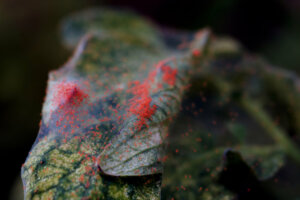

Written and verified by the biologist Cesar Paul Gonzalez Gonzalez
Agricultural fields are important production areas that allow the production of large quantities of food. Most of the fruit and vegetables that we consume every day come from these places. This is why one of the main challenges for human beings is to combat the animals that attack agricultural crops.
Some of these living things are so dangerous that they can destroy the effort of months of work in just a few days. Animals such as birds, rodents, insects, and other mammals are the main causes of this type of pest. We recommend that you continue reading if you want to find out about these destructive creatures.
1. Aphid (Aphis gossipii)
These insects, mainly green in color and almost microscopic in size, are a farmer’s worst nightmare. They stand out for being polyphagous, which means that they can eat everything and infect everything. This little guy is capable of sucking the sap from plants, which weakens them and, depending on the damage, can kill them.
In addition to the damage they can cause to plants and crops, these invertebrates are transmitters of other diseases. Because of this, they’re considered important vectors of viruses and fungi. Seen in another way, apart from arriving and eating the plants, they end up damaging them too.
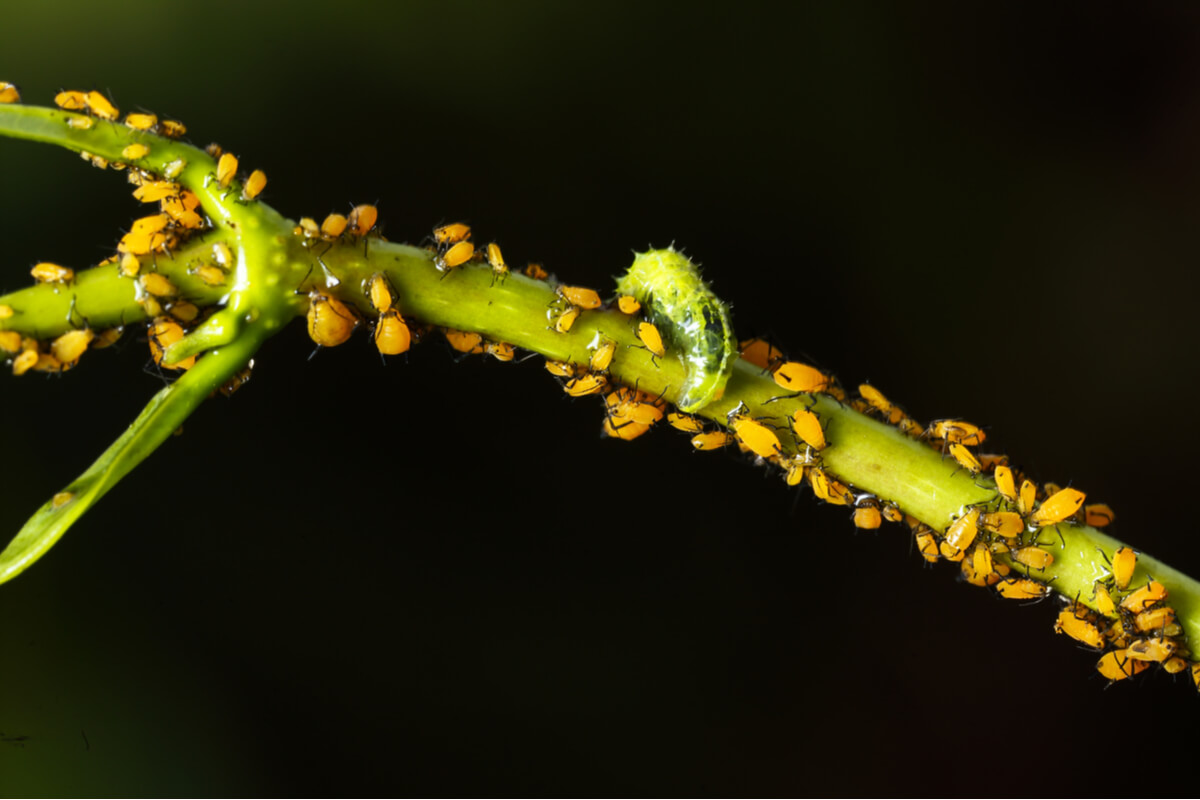
2. Fruit fly (Ceratitis capitata and Drosophila suzukii)
This is the fruit fly that we have seen on more than one occasion in the fruit bowl. Although not all the species in this group have the same characteristics, they do all have a great appetite, their main diet being fruit. This type of insect mainly attacks sweet fruits and, when they do this, they cause them to ripen and fall before their time.
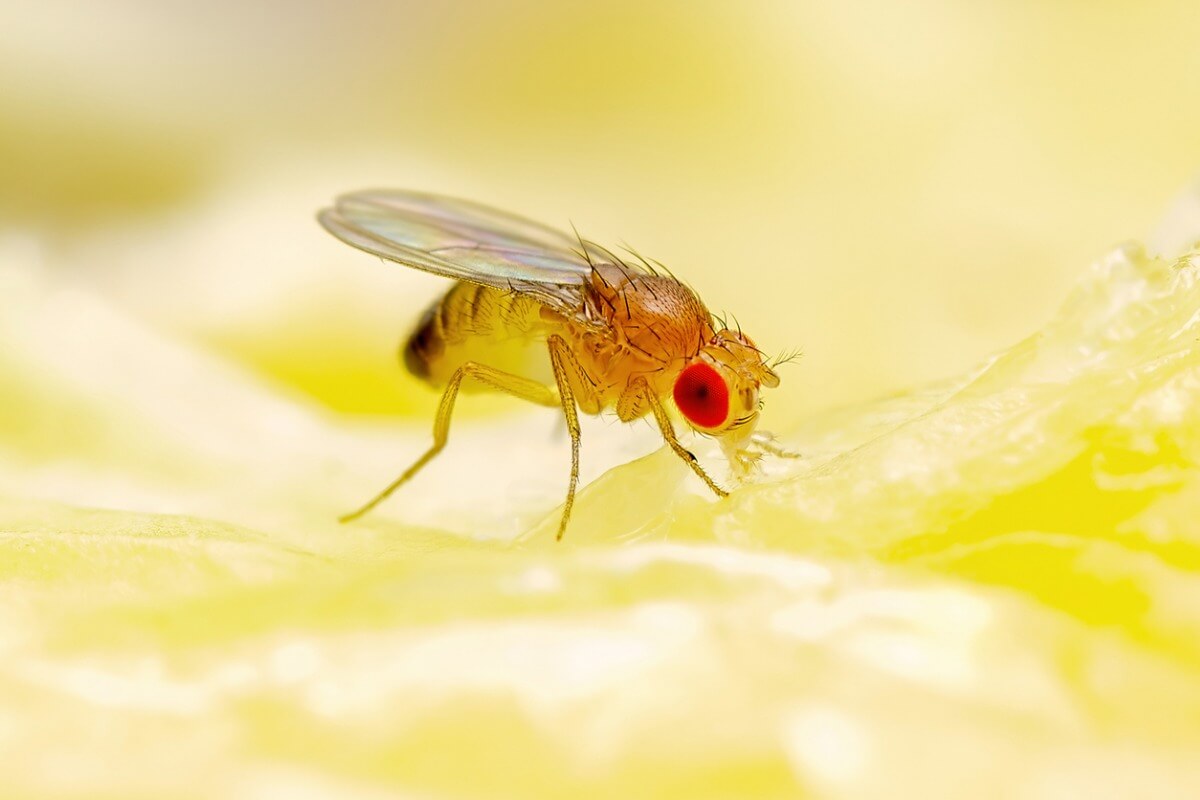
3. Red spider (Tetranychus urticae)
Belonging to the group of mites, this arachnid damages crops in a general way. It attacks both the leaves and their fruits, discoloring and rotting them in the process. Adult specimens reproduce so fast that they can cause serious damage in a short time.
Due to its ability to produce cobwebs and its characteristic red color, this species has earned the nickname of red spider.

4. Whitefly (Bemisia tabaci)
Also known as the silverleaf whitefly, this insect is capable of infecting a wide range of crops. It’s a very feared pest, due to its great resistance to insecticides.
It’s voracious, as its larvae need a lot of food to grow. Because of this, it absorbs a lot of sap – which provides it with sugar. As a result, the plants wither and this affects fruit production.
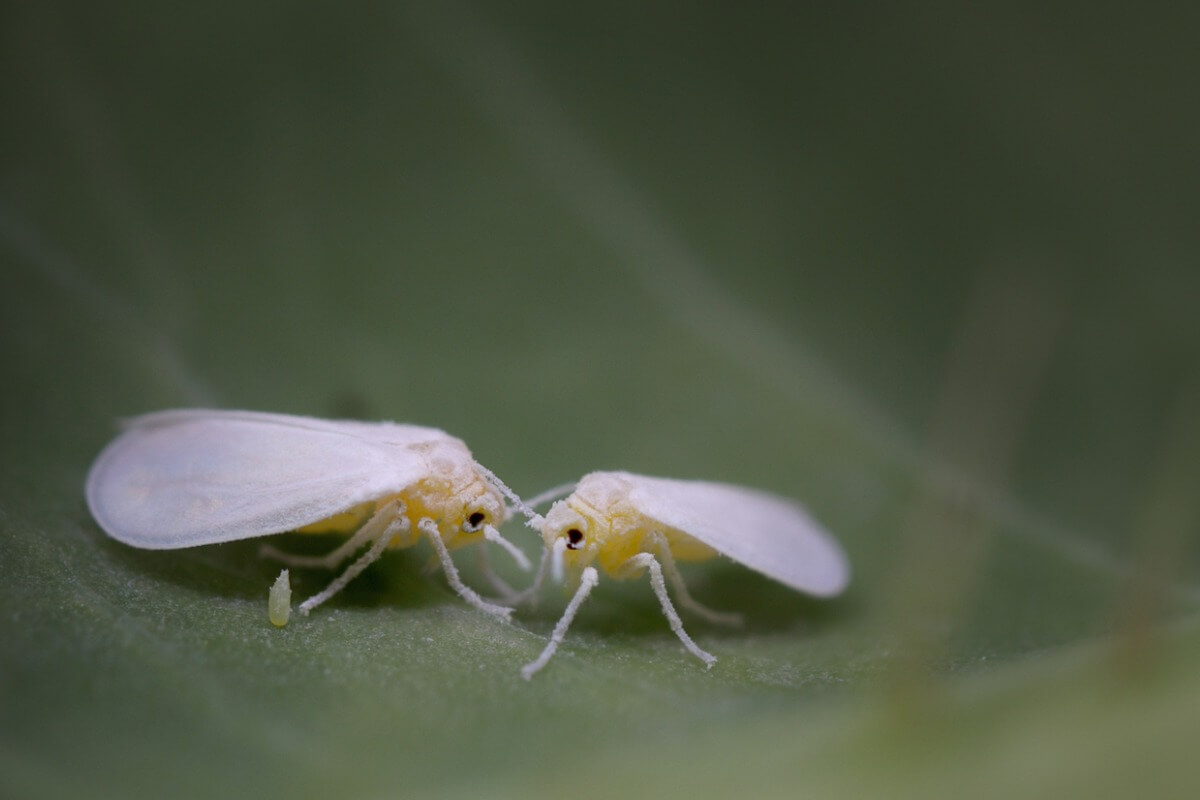
5. Purple pigeon (Patagioenas flavirostris)
Although insects are the main animals that attack agricultural crops, they’re not the only ones. There are also birds like this, which are dedicated to attacking the suckers (small branches) of corn and sorghum. Although we can’t blame them, these types of birds feed on grains, and so agricultural fields are perfect places to get a feast!
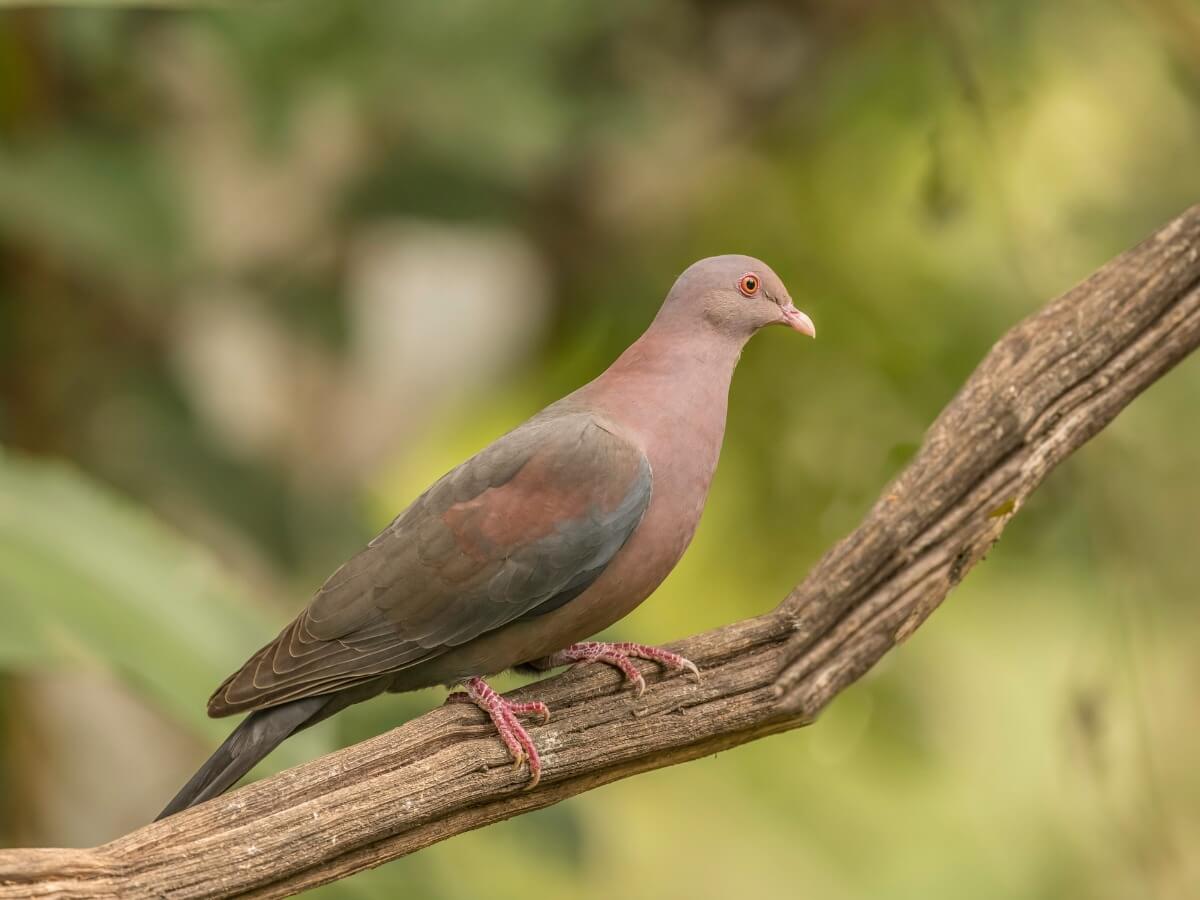
6. Raven or piapia (Psilorhinus morio)
P. morio is a very beautiful type of crow that includes some fruits in its diet. It eats corn and pea grains, as well as avocados and squash. Because of this, it’s considered to be a pest for some crops. However, the reality is that it simply fulfills its role within the environment: to disperse seeds.
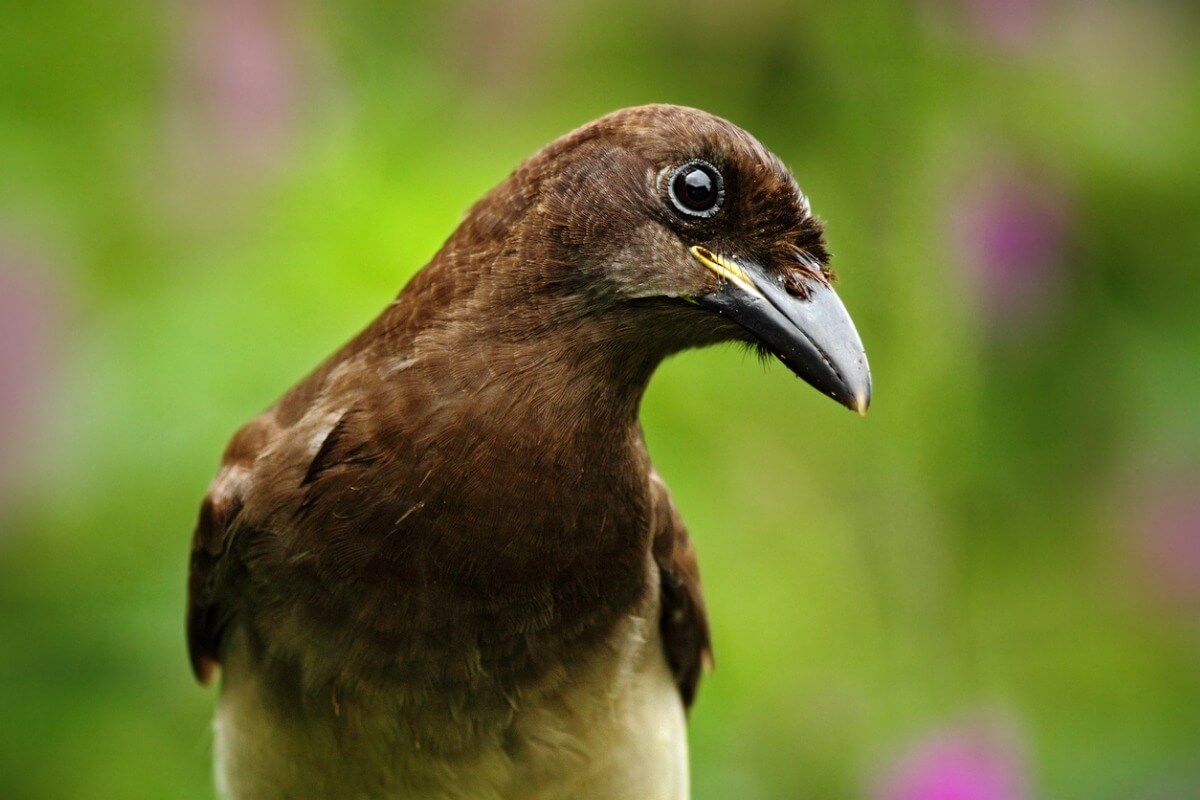
7. Blue-headed parrot (Pionus menstruus)
This is quite an interesting parrot, capable of eating grains from corn, sorghum and some fruits such as bananas and pixbae. This 15-centimeter (6 inch) bird is capable of damaging crops and ruining entire crops.
Due to its coloration and characteristic blue color on its head, it’s also called a blue-headed parrot.
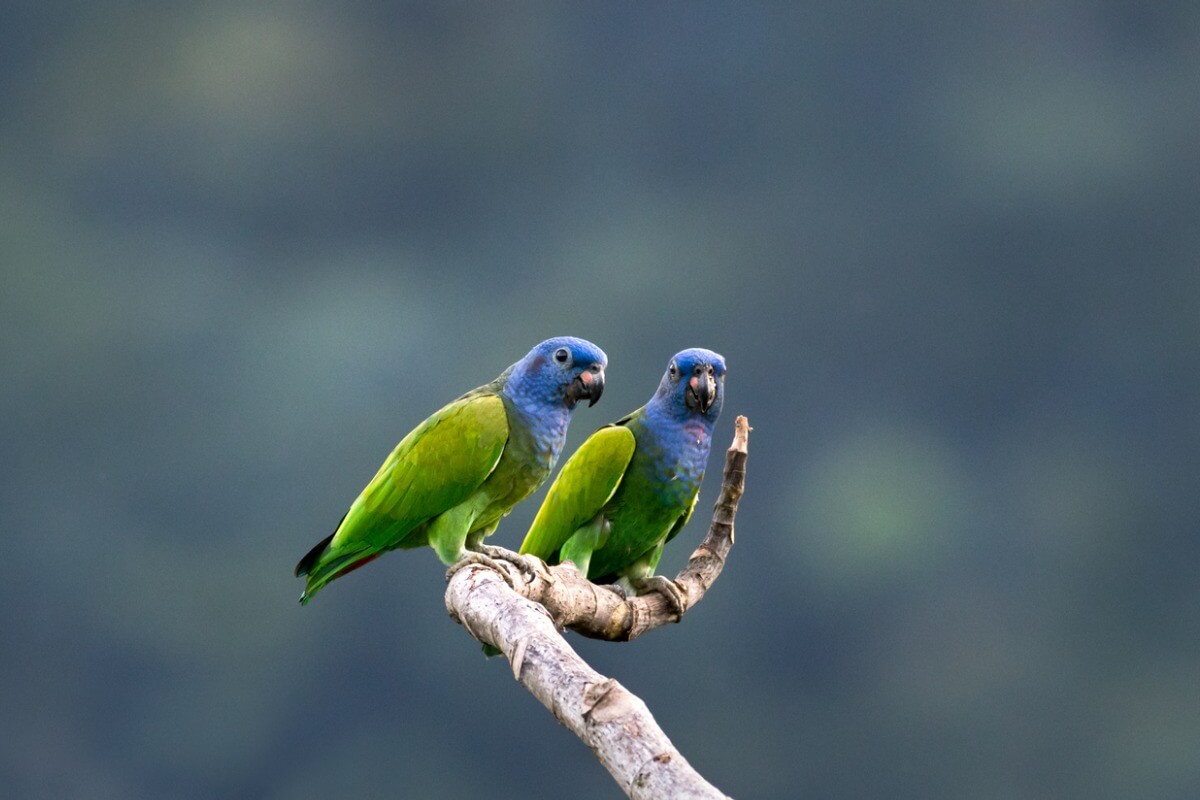
8. Amazon swamp rat (Holochilus sciureus)
Some rodents are also on the list of pests. This rat, called the swamp rat, is a pest species of rice crops. At least in Venezuela, these types of rats cause great problems.
Having a preference for humid and flooded habitats, this rat becomes the perfect enemy of these crops.
9. Sugar cane rat (Sigmodon hispidus)
This rodent preferentially attacks sugar cane. Because it needs abundant food and water to care for its young, it prefers cane crops to obtain these resources. In addition, being a rodent, its diet can also be based on other seeds, so the damage isn’t only focused on cane crops.
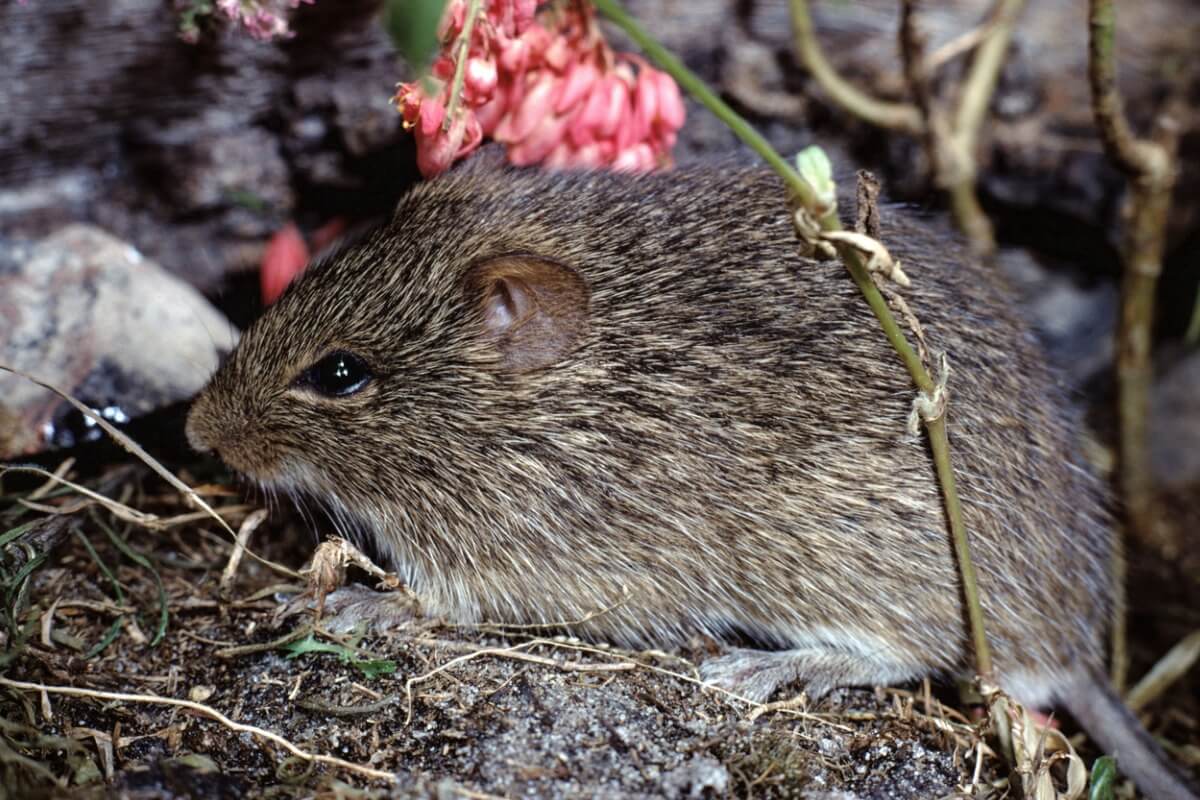
Repercussions of the attack on agricultural crops
Rodents and insects can destroy up to 20% or more of crops. It’s important to note that losing a percentage of 25% or more can cause a loss of profitability. This often means that harvests are abandoned, in order to avoid the expense that’s caused if you can’t deal with the pests.
At the end of the day, animals only look for an accessible food source, which is why they see a real buffet in these harvests. In addition, changes in their habitat, environmental modifications and the movement of species have caused these normal behaviors to only worsen.
It’s true that food production is very important for the survival of man. However, it must be taken into account that pests are born from environmental modifications where there’s an excess of food.
We need to consider these animals that attack agricultural crops simply as living beings wanting to achieve the only thing they’re on the planet for: survival. Although they’re frowned upon for the misfortune of affecting man’s economy and production, they deserve respect like every other living entity on the planet.
Agricultural fields are important production areas that allow the production of large quantities of food. Most of the fruit and vegetables that we consume every day come from these places. This is why one of the main challenges for human beings is to combat the animals that attack agricultural crops.
Some of these living things are so dangerous that they can destroy the effort of months of work in just a few days. Animals such as birds, rodents, insects, and other mammals are the main causes of this type of pest. We recommend that you continue reading if you want to find out about these destructive creatures.
1. Aphid (Aphis gossipii)
These insects, mainly green in color and almost microscopic in size, are a farmer’s worst nightmare. They stand out for being polyphagous, which means that they can eat everything and infect everything. This little guy is capable of sucking the sap from plants, which weakens them and, depending on the damage, can kill them.
In addition to the damage they can cause to plants and crops, these invertebrates are transmitters of other diseases. Because of this, they’re considered important vectors of viruses and fungi. Seen in another way, apart from arriving and eating the plants, they end up damaging them too.

2. Fruit fly (Ceratitis capitata and Drosophila suzukii)
This is the fruit fly that we have seen on more than one occasion in the fruit bowl. Although not all the species in this group have the same characteristics, they do all have a great appetite, their main diet being fruit. This type of insect mainly attacks sweet fruits and, when they do this, they cause them to ripen and fall before their time.

3. Red spider (Tetranychus urticae)
Belonging to the group of mites, this arachnid damages crops in a general way. It attacks both the leaves and their fruits, discoloring and rotting them in the process. Adult specimens reproduce so fast that they can cause serious damage in a short time.
Due to its ability to produce cobwebs and its characteristic red color, this species has earned the nickname of red spider.

4. Whitefly (Bemisia tabaci)
Also known as the silverleaf whitefly, this insect is capable of infecting a wide range of crops. It’s a very feared pest, due to its great resistance to insecticides.
It’s voracious, as its larvae need a lot of food to grow. Because of this, it absorbs a lot of sap – which provides it with sugar. As a result, the plants wither and this affects fruit production.

5. Purple pigeon (Patagioenas flavirostris)
Although insects are the main animals that attack agricultural crops, they’re not the only ones. There are also birds like this, which are dedicated to attacking the suckers (small branches) of corn and sorghum. Although we can’t blame them, these types of birds feed on grains, and so agricultural fields are perfect places to get a feast!

6. Raven or piapia (Psilorhinus morio)
P. morio is a very beautiful type of crow that includes some fruits in its diet. It eats corn and pea grains, as well as avocados and squash. Because of this, it’s considered to be a pest for some crops. However, the reality is that it simply fulfills its role within the environment: to disperse seeds.

7. Blue-headed parrot (Pionus menstruus)
This is quite an interesting parrot, capable of eating grains from corn, sorghum and some fruits such as bananas and pixbae. This 15-centimeter (6 inch) bird is capable of damaging crops and ruining entire crops.
Due to its coloration and characteristic blue color on its head, it’s also called a blue-headed parrot.

8. Amazon swamp rat (Holochilus sciureus)
Some rodents are also on the list of pests. This rat, called the swamp rat, is a pest species of rice crops. At least in Venezuela, these types of rats cause great problems.
Having a preference for humid and flooded habitats, this rat becomes the perfect enemy of these crops.
9. Sugar cane rat (Sigmodon hispidus)
This rodent preferentially attacks sugar cane. Because it needs abundant food and water to care for its young, it prefers cane crops to obtain these resources. In addition, being a rodent, its diet can also be based on other seeds, so the damage isn’t only focused on cane crops.

Repercussions of the attack on agricultural crops
Rodents and insects can destroy up to 20% or more of crops. It’s important to note that losing a percentage of 25% or more can cause a loss of profitability. This often means that harvests are abandoned, in order to avoid the expense that’s caused if you can’t deal with the pests.
At the end of the day, animals only look for an accessible food source, which is why they see a real buffet in these harvests. In addition, changes in their habitat, environmental modifications and the movement of species have caused these normal behaviors to only worsen.
It’s true that food production is very important for the survival of man. However, it must be taken into account that pests are born from environmental modifications where there’s an excess of food.
We need to consider these animals that attack agricultural crops simply as living beings wanting to achieve the only thing they’re on the planet for: survival. Although they’re frowned upon for the misfortune of affecting man’s economy and production, they deserve respect like every other living entity on the planet.
All cited sources were thoroughly reviewed by our team to ensure their quality, reliability, currency, and validity. The bibliography of this article was considered reliable and of academic or scientific accuracy.
- Parra, J. G., García, A. A., Poleo, C. J., & Fuentes, L. M. (2012). Aspectos reproductivos y daños causados por una comunidad de roedores en arroz bajo siembra directa en el sistema de riego río Guárico. Agronomía Tropical, 62(1-4), 163-170.
- De la Cruz-Ramírez, A., & Sánchez-Soto, S. (2016). Estructura poblacional de roedores plaga en caña de azúcar (Saccharum spp.) en la Chontalpa, Tabasco, México. Agroproductividad, 9(7).
- Romero-Balderas, K. G., Naranjo, E. J., Morales, H. H., & Nigh, R. B. (2006). Daños ocasionados por vertebrados silvestres al cultivo de maíz en la selva lacandona, Chiapas, México. Interciencia, 31(4), 276-283.
- ChIRInoS, D. T., & Pouey, F. G. (2011). El manejo de plagas agrícolas en Venezuela. Análisis y reflexiones sobre algunos casos. Interciencia, 36(3), 192-199.
- Peña, M. J., Castro, J. C., & Soto, A. (2013). Evaluación de insecticidas no convencionales para el control de Aphis gossypii Glover (Hemiptera: Aphididae) en fríjol.
- Escudero, L. A., Walsh, D. B., & Batlloris, L. (2012). Drosophila suzukii, una nueva plaga de los frutales. Vida Rural, 18-22.
- Argolo, P. S. (2012). Gestión integrada de la araña roja Tetranychus urticae Koch (Acari: Tetranychidae): optimización de su control biológico en clementinos (Doctoral dissertation, Universitat Politècnica de València).
- Cuellar, M. E., & Morales, F. J. (2006). La mosca blanca Bemisia tabaci (Gennadius) como plaga y vectora de virus en fríjol común (Phaseolus vulgaris L.). Revista Colombiana de Entomología, 32(1), 1-9.
- Monge, J. (2013). Lista actualizada de aves dañinas en Costa Rica (2012). UNED Research Journal, 5(1), 111-120.
- Monge, J. Pasado, presente y futuro del manejo de vertebrados plaga en Costa Rica Past, Present and Future of the Management of Plague Vertebrates in Costa Rica.
- Meza, J. M. (1999). PLAGAS DE VERTEBRADOS. Palmito de pejibaye (Bactris gasipaes Kunth): su cultivo e industrialización, 5, 154.
This text is provided for informational purposes only and does not replace consultation with a professional. If in doubt, consult your specialist.








